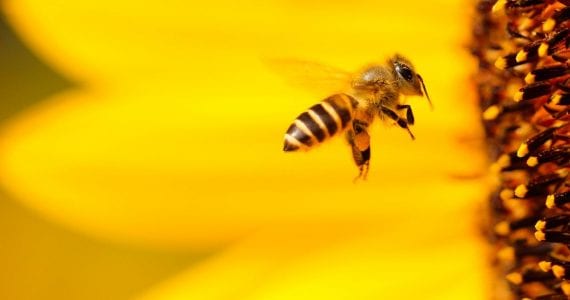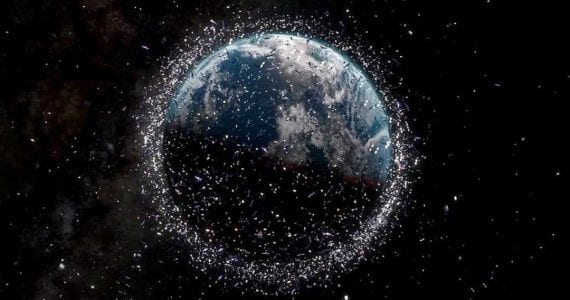Every April 22, have you noticed signs posted in bulletin boards or ads on websites urging you to at least turn off your phone and other appliance or plant seedlings for the day? That is to commemorate Earth Day, which you may have countlessly heard by now.
However, the celebration deeply roots in a messy, mammoth, and life-changing accident that got worldwide attention and, for the better, woke people and the government, making them focus their attention on an old pressing issue that seems to be always sidelined – environmental issues.
Santa Barbara Oil Spill
What was believed to be one of the main grassroots of Earth Day is the January 22, 1969 oil spill in Santa Barbara, California, 15 months before the actual first celebration.
It all started when Union Oil asked the government for permission to drill in the waters for their fifth well, seeking a waiver for the activity.
Unlike other areas that had 300-foot requirement for steel casing below the ocean floor, the company was only able to get 239 feet.

Two weeks after the drilling started, the pressure caused mud to shoot 90 feet above the platform, needless to say, the oil spilled from the well.
Crews tried to contain the thick, black substance but it was uncontrollable – hence, the start of a tragedy. The more stressful matter about it was the pace how the oil escaped, about 9,000 gallons per hour.
When Union Oil managed to take hold of the situation, the damage was already irreversible. Nearly three million gallons of oil swarmed over 35 miles of water, making it the worst in history.
The Aftermath of the Oil Spill

The oil spill wreaked havoc not only to the residents, but also to animals. The company responsible exerted all efforts, blanketing the tar-like substance with dispersant and talc, but that did not stop the chemical from reaching beaches.
Because of this, loons and grebes got covered with it. As per the official account, there were about 3,700 birds that got killed but scientists estimate there were 9,000.
Shakeup among the Public
The disaster resulted not just in anger from citizens of nearby towns but also in the formation of alliances and groups that pushed for the welfare of the environment.
A local group called Get Oil Out! came into light during the first week of the tragedy, which urged the government to halt permitting the drilling in the channel.
As Union Oil scrambled to find ways to control the situation, the news overflowed over the country and soon all around the globe.

If there’s one thing that the chaos has brought, it’s touched the conscience of people, then newly seated President Richard Nixon, who also had beach properties in the area, said.
However, it was then Sen. Gaylord Nelson, whose environmental advocacy was already evident beforehand, who may have brainstormed Earth Day, but the name still wasn’t on the horizon.
Origin of Earth Day
Thereafter the Santa Barbara oil spill, the environmental cause took center-stage, but it is worth noting that there have been persistent and growing calls for the advocacy prior to the 1969 blunder.
Historian Adam Rome sees the event as crucial chaos that opened the eyes of people to the fact that technology that sounds heavenly would have an unprecedented adverse effect on the environment and later on, to us human beings, too.
Nelson, meanwhile, put up Environmental Teach-in Inc. and tapped Pete McCloskey to help lead the event. Before April came, there were gains to be celebrated.
The Clean Air Act, which was stymied, was forwarded to Congress; the environmental studies department in UCSB was created; and the movement attracted more radical members. Earth Day saw activists, youth, conservationists, and many others making the same cry.




